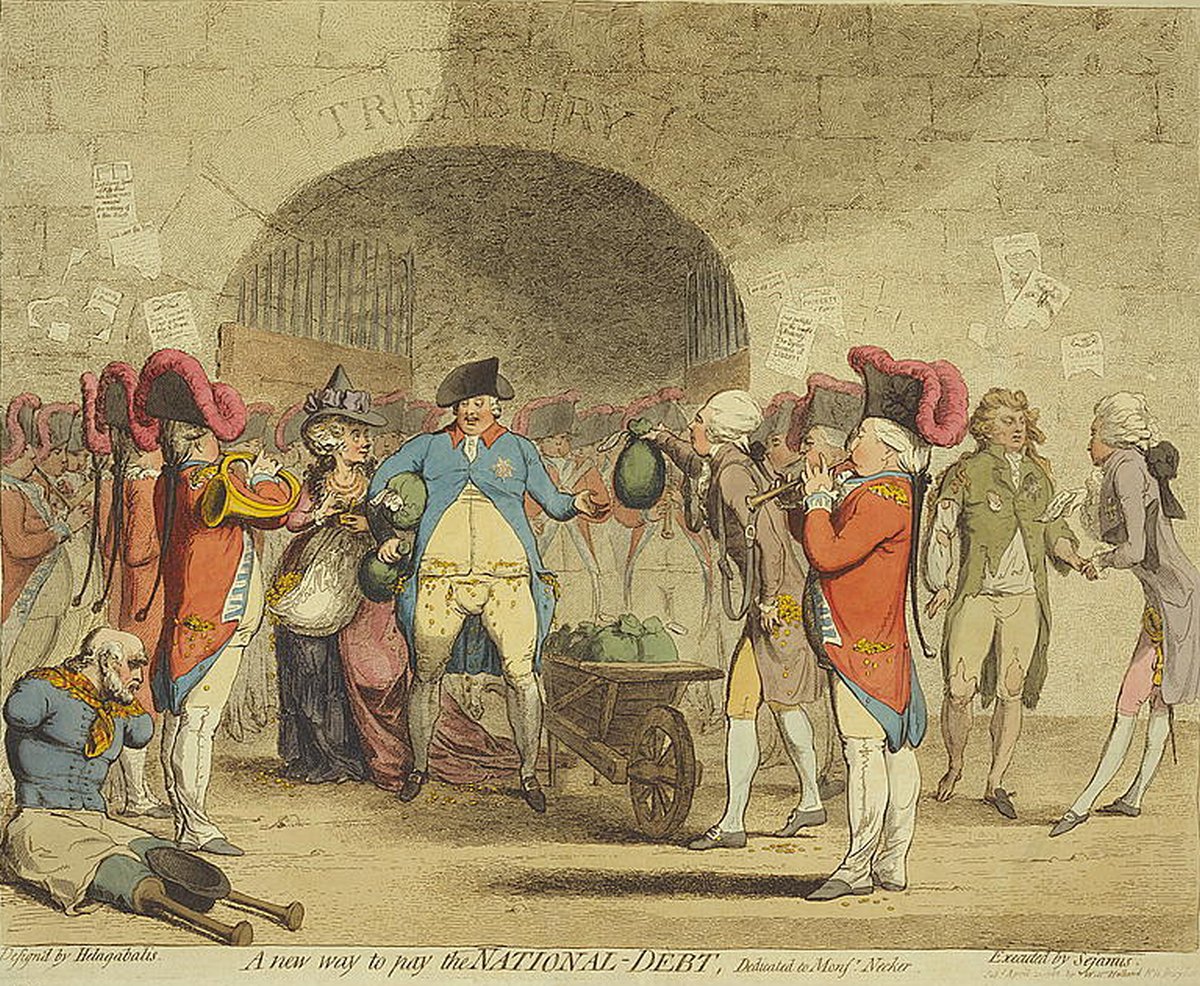Modern Money Theory (MMT) describes aspects of the economy that affect all of us, such as:
- Government spending (how money enters the economy)
- Taxation (how money is removed from the economy)
- Not modelling the government budget as a household (it isn’t)
- The national debt and the deficit (which are neither a debt nor a deficit)
- Addressing inflation is still important.
MMT is apolitical and does not say what you should do with this knowledge. But MMT lets you consider:
- A guarantee of full employment
- A guarantee of healthcare for everyone
- A guarantee of education and training for everyone
- That the government does not have to collect taxes and borrow money before spending (TAB)S
- That governments spend before taxing and borrowing S(TAB)
- The importance of physical resources such as people, energy, natural resources and infrastructure, rather than financial resources (money)
MMT does not state that governments should:
- Print as much money as it likes, and spend it on anything it wants
- Create any kind of job you want
- Give people free healthcare and education (even though it could)
- Ignore taxation and inflation
The bottom line is that MMT recognises that because the country is not like a household, it does not have to tax and borrow before spending, and government debt is actually an investment in the economy (money in our pocket), so the budget does not have to balance.
See also:
- “Modern Monetary Theory is NOT a Theory. It’s How The System Works“, 15 March 2024
- “Modern Monetary Theory, explained“, by Dylan Matthews, at Vox, Apr 16, 2019
- “Modern Monetary Theory: The Right Compass for Decision-Making“, by Dirk Ehnts, Intereconomics, Volume 57, 2022, Number 2, pp. 128–134 (PDF version)
- We pay for it by spending the money, by Alan Hutchison, Matches in the Dark, Publ. 27th September 2018
- The MMT Podcast (Episodes 1-3)
- It is time to get real about what MMT does (2022) and MMT: a primer (2020) by Richard Murphy’s at Tax Research UK
- Training the MMT Trainers (including: Module 3: Framing and Language) (2019) by Professor William Mitchell @ gimms.org.uk (YouTube video)
Modern Money Theory (Explained in 8 minutes)
Modern Money Theory (Explained in 11 minutes)
Modern Money Theory (Explained in detail – 70 mins)
Intro to Modern Money Theory with Prof. L. Randall Wray
Modern Monetary Theory. Understanding “MMT” (19 mins)

